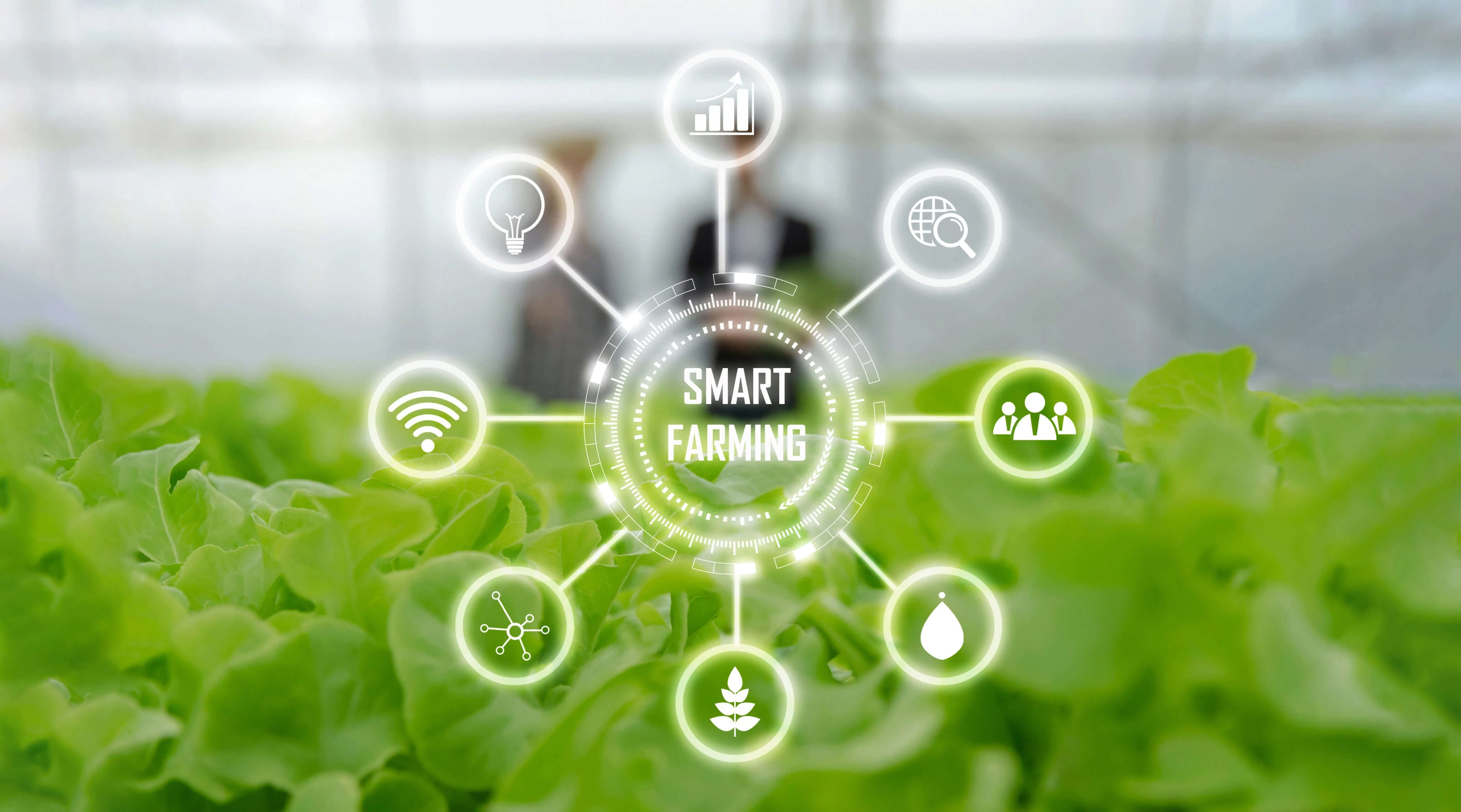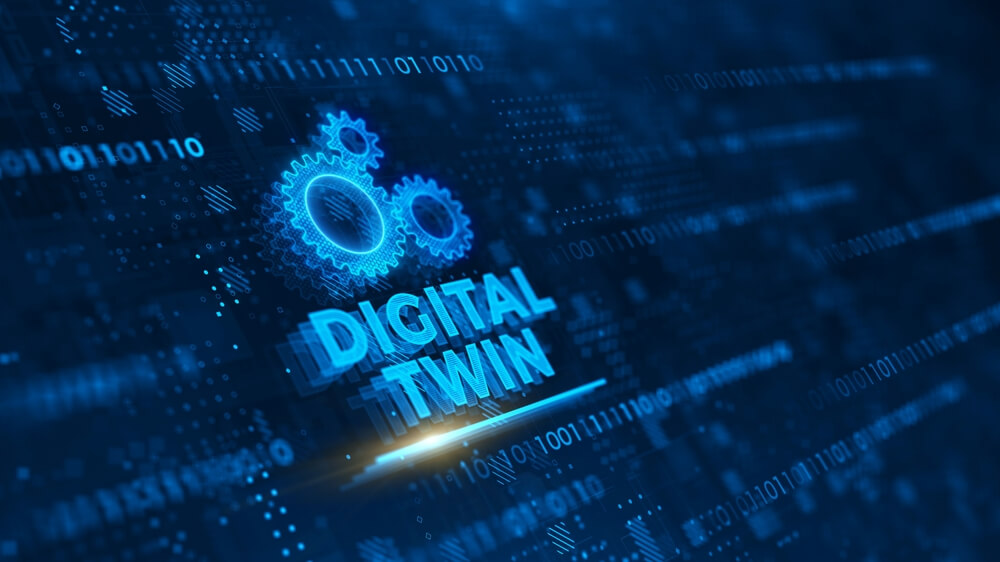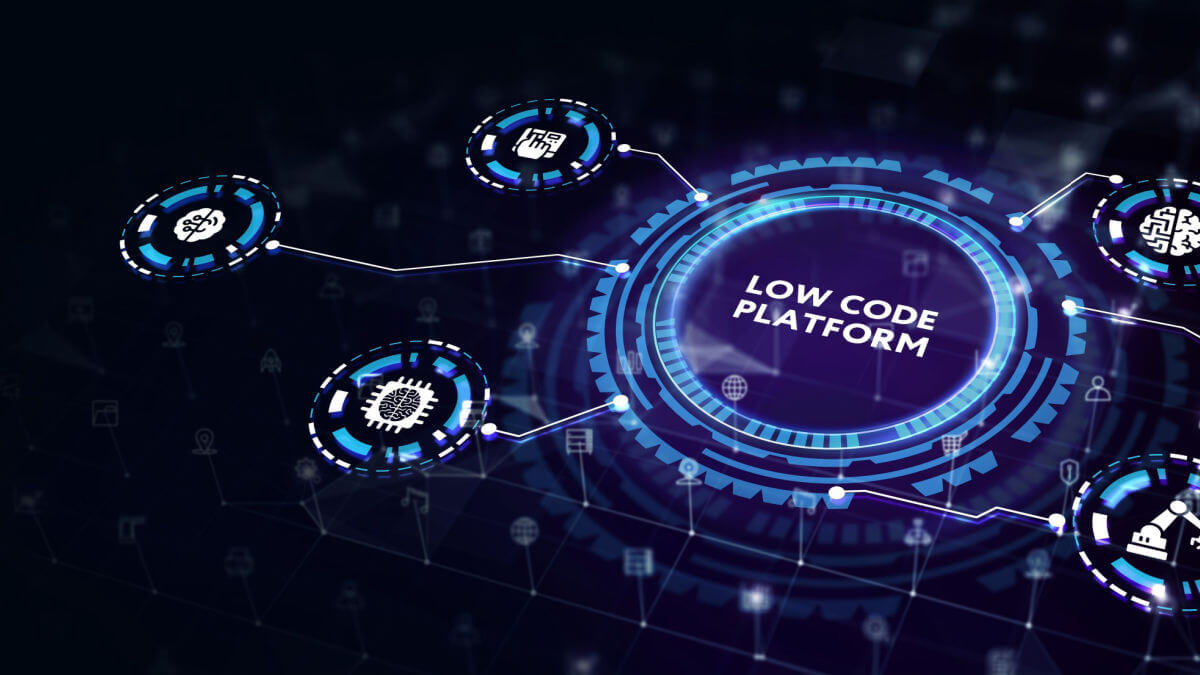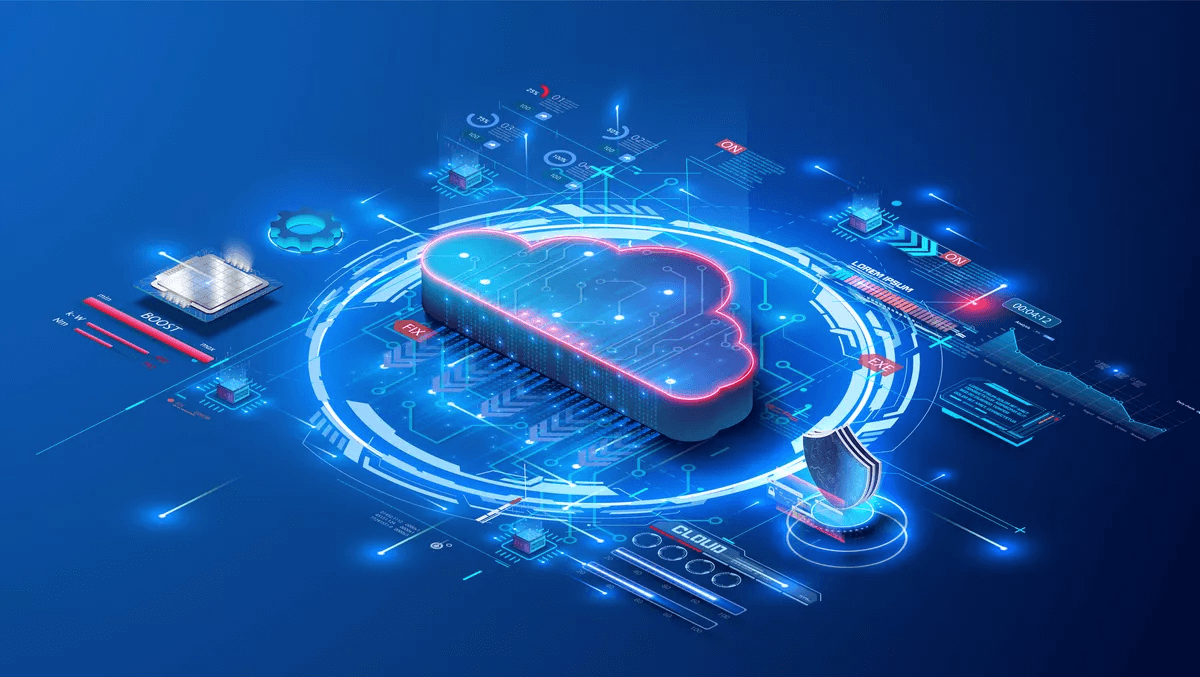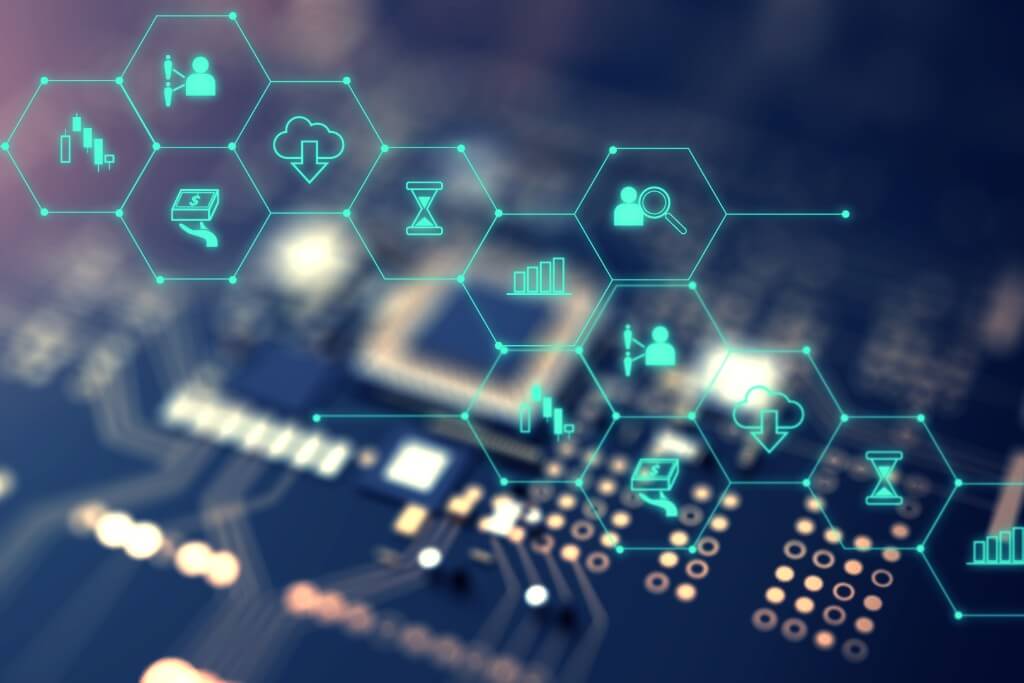In today’s rapidly advancing digital era, the Internet of Things (IoT) is emerging as one of the core pillars driving comprehensive digital transformation. IoT not only connects devices with one another but also creates an intelligent ecosystem where data is collected, analyzed, and utilized for faster and more accurate decision-making. This article highlights seven of the most effective current applications of IoT, along with their strong future expansion potential.
1. Smart Agriculture
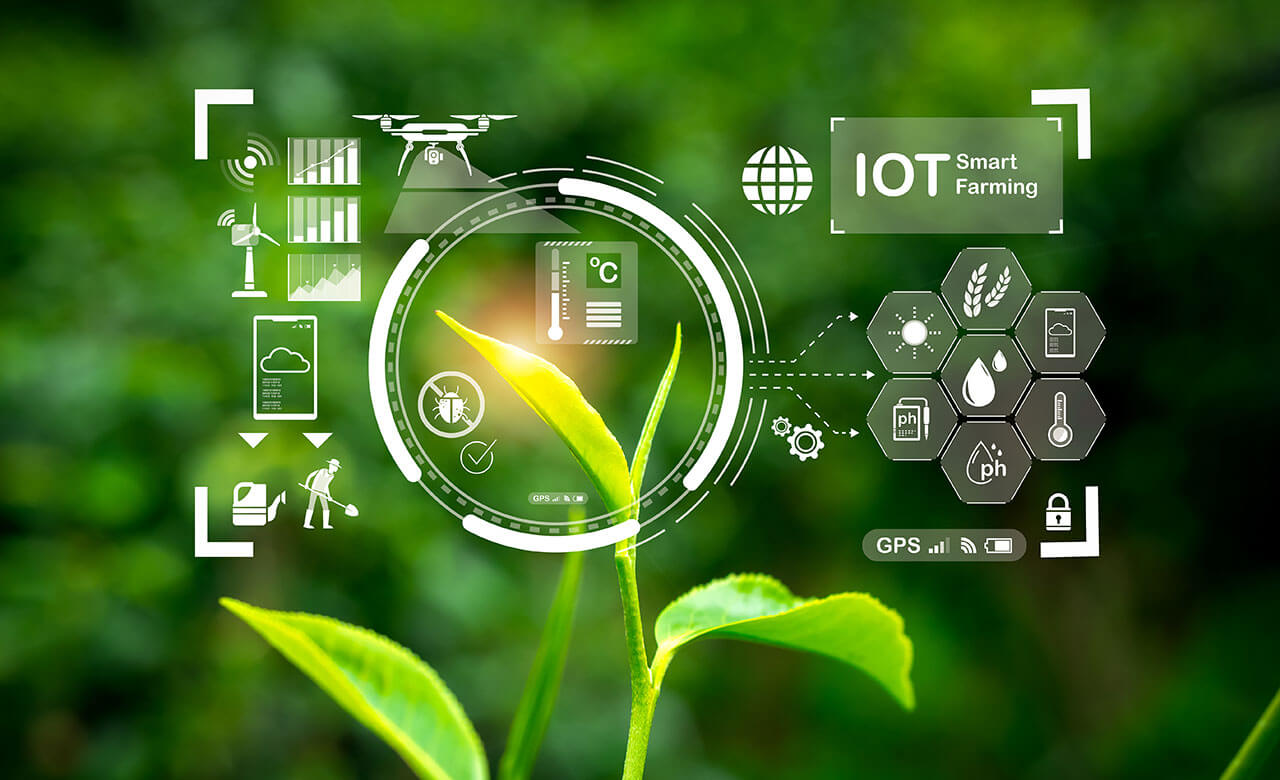
Smart farming model with IoT integration
IoT is fundamentally transforming traditional agricultural practices by integrating smart sensor devices into every stage of production. Sensors installed in the soil, irrigation systems, and farming equipment collect real-time data on moisture, temperature, light, and soil nutrient levels. This allows farmers to closely monitor crop conditions anytime, anywhere, enabling quick and accurate decisions regarding irrigation, fertilization, and pest control.
Enhancing crop quality and yield forecasting
IoT systems also collect and analyze data from previous harvests to predict yields, identify optimal harvesting times, and detect early signs of disease or growth anomalies. With precise forecasts, farmers can plan production more efficiently, minimize risks, and optimize resources. In Vietnam, the “Agriculture 4.0” model is widely applied in vegetable, coffee, and fruit-growing regions, improving product quality to meet international export standards and increasing global market competitiveness.
2. Healthcare and Medical Services
Remote personal health monitoring
Smart wearable devices equipped with IoT technology can continuously measure vital health indicators such as heart rate, blood pressure, blood sugar, and body temperature. This data is transmitted to a central system or mobile application, allowing patients and doctors to monitor health in real time without hospital visits. When abnormalities are detected, the system can automatically alert family members or physicians for timely intervention — especially beneficial for chronic patients with diabetes or cardiovascular diseases, helping reduce the risk of serious complications.
Building smart hospital models
IoT-enabled hospital beds can continuously monitor patients' health metrics and environmental conditions such as temperature and humidity, sending alerts when dangerous signs appear or special care is needed. IoT also supports remote robotic surgeries, efficient management of electronic health records, and automation of drug and equipment inventory processes. This helps reduce the burden on healthcare staff, cut costs, and improve treatment accuracy.
3. Smart Transportation and Urban Development
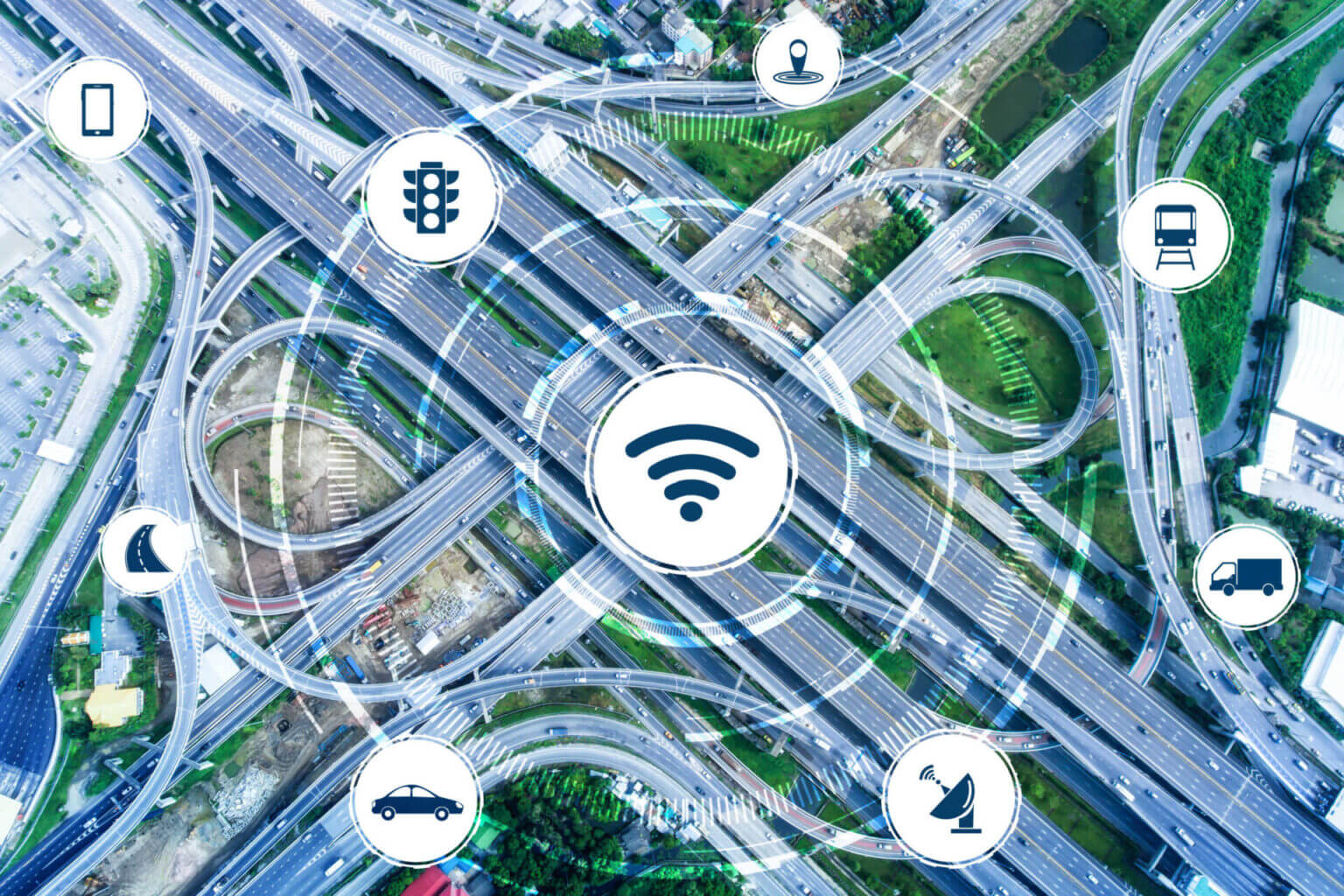
Optimizing traffic flow and reducing congestion
IoT sensors installed at intersections and key roads collect real-time data on traffic volume and road conditions. Based on this data, traffic light systems can automatically adjust green-red timing to minimize congestion and improve travel efficiency. Additionally, smart applications that connect public buses and subways to smartphones enable users to track schedules and arrival times, making transportation planning more proactive and convenient.
Smart parking and urban environmental monitoring
IoT technology allows users to locate available parking spaces via mobile apps, supports cashless payments, and reduces traffic in parking areas. At the same time, environmental sensors placed across key urban zones continuously monitor air quality, noise levels, and fine dust concentrations. These systems help local authorities manage pollution effectively and promptly implement measures to improve living conditions for residents.
4. Manufacturing and Industry 4.0
Highly automated smart production lines
Machines in factories integrated with IoT sensors can continuously track operational conditions — including temperature, vibration, and performance. When abnormalities or breakdown risks are detected, early alerts allow technicians to perform timely maintenance and prevent production interruptions. Furthermore, production lines can automatically adjust based on input data and market demand, increasing flexibility and reducing material waste.
Big data analytics for optimized factory performance
When combined with Artificial Intelligence (AI), IoT systems can process and analyze large volumes of production data to support accurate decision-making regarding production processes, energy consumption strategies, and equipment maintenance. The adoption of Industry 4.0 helps reduce operational costs, enhance productivity and product quality, and enable Vietnamese businesses to compete more effectively in global markets.
5. Energy and Environmental Management
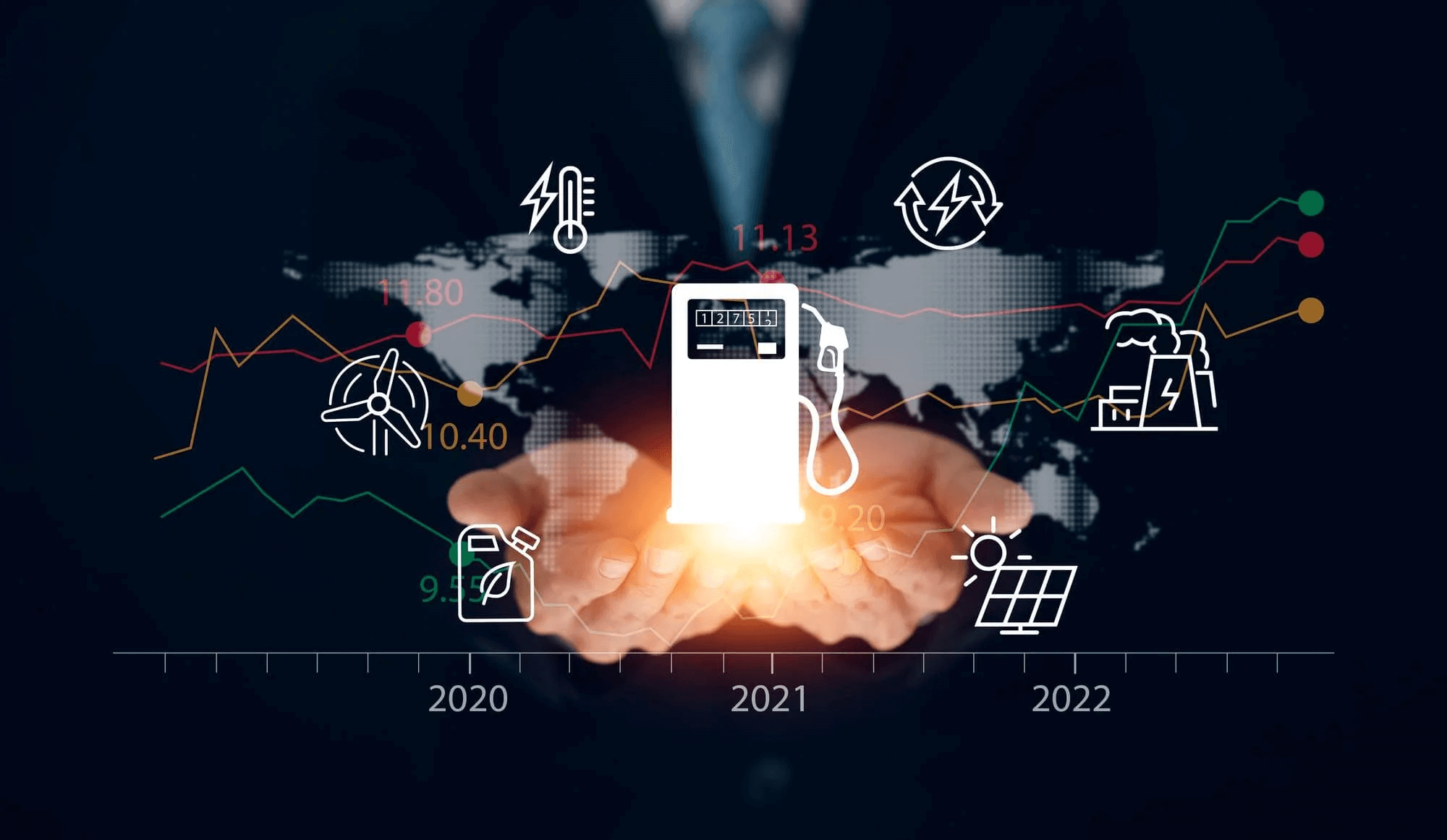
Smart energy consumption monitoring
IoT-powered smart meters for electricity and water provide detailed data on consumption by the hour and location, helping both individual users and management agencies control usage, detect leaks or waste early, and implement energy-saving solutions promptly. This contributes to cost reduction and environmental protection.
Supporting pollution control and environmental protection
IoT sensors are deployed to monitor environmental indicators such as air quality, noise, and fine dust levels in residential and industrial areas, enabling early detection of pollution. Additionally, automated control systems in solar and wind power stations using IoT help balance energy supply and demand efficiently, promoting sustainable development and safeguarding the environment.
6. Retail and E-commerce
Enhancing shopping experiences through behavior analysis
With IoT sensor systems and AI-integrated cameras, stores can closely track and record customer behaviors — such as time spent at specific shelves, popular products, interaction frequency, and movement paths. This allows for personalized services, increasing customer satisfaction and encouraging return visits.
Accurate and efficient supply chain management
Smart warehouse management systems using IoT track the entire import-export process, monitor real-time inventory levels, and issue automatic alerts for low stock or expired items. For products requiring strict preservation conditions, such as food and pharmaceuticals, sensors monitor temperature, humidity, and vibration in cold storage or during transport. Retailers can also combine IoT with Big Data analytics to forecast consumer trends, adjust inventory seasonally, and optimize distribution networks.
7. Aquaculture and Water-Based Agriculture
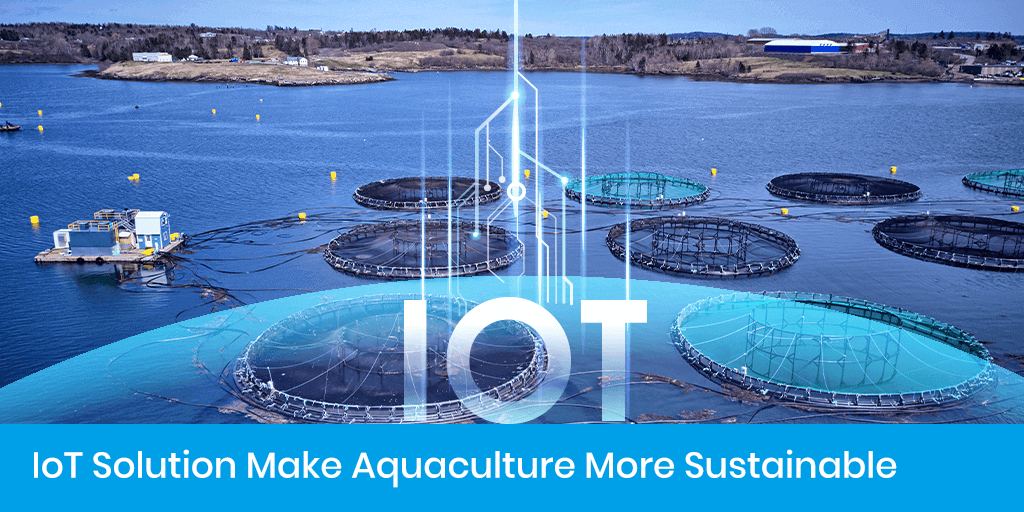
Real-time water quality monitoring in fish and shrimp farms
In aquaculture, water quality control is crucial for the health and development of aquatic species. IoT-enabled sensors installed in ponds continuously measure vital parameters such as pH, salinity, temperature, turbidity, dissolved oxygen (DO), ammonia, and nitrite. This data is updated in real time and transmitted via wireless networks to a central system, allowing remote monitoring through smartphones or tablets.
Traceability and brand value enhancement
Beyond environmental monitoring, IoT offers opportunities to integrate with blockchain and smart contract technology to build a comprehensive traceability system for aquatic products. Data collected from the ponds — including location, species, water conditions, vaccination history, feed quantity, and harvest time — is securely and transparently recorded, enhancing consumer trust and brand reputation.
The Future of IoT: Impressive Growth by 2030
According to forecasts by McKinsey and Statista, the global Internet of Things (IoT) market could reach trillions of USD by 2030. The key driving factors include:
- Decreasing hardware costs
- The explosive growth of 5G networks, enhancing connectivity
- AI and blockchain increasing the intelligence and security of IoT systems
Vietnam is positioning itself to become a high-tech nation. IoT plays a crucial role in the national digital strategy, attracting investment and helping Vietnamese enterprises enhance their global competitiveness.
Conclusion
IoT is no longer a temporary trend but a fundamental platform for modern socio-economic development. Alongside other technologies such as AI, blockchain, and 5G, IoT promises to continue driving a revolution across all sectors and usher in a new era of smarter, more sustainable living and working.
Source: IoT value set to accelerate through 2030: Where and how to capture it
CONTACT INFORMATION:
Wiintek Technology Joint Stock Company
Address: 183C Nguyen Van Dau, Ward 11, Binh Thanh District, Ho Chi Minh City
Hotline: +(84) 929 853 399
Email: wiintek@gmail.com
Website: https://wiintek.com/
